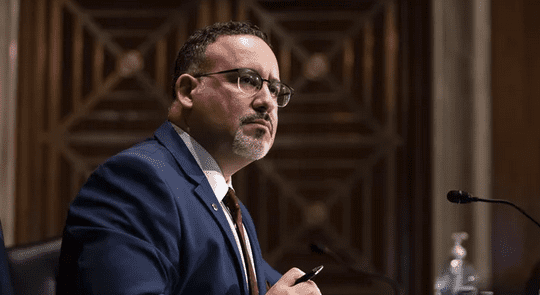Education Secretary Miguel Cardona: Schools Should Stay Open
School districts across Connecticut are struggling through staffing shortages, causing delays and school cancelations. Stonington and Torrington Public Schools closed Tuesday and Hamden High […]


